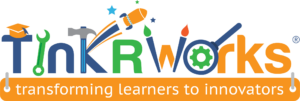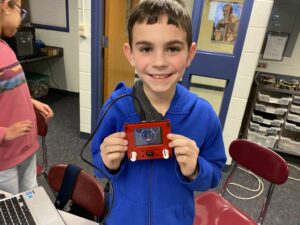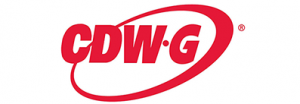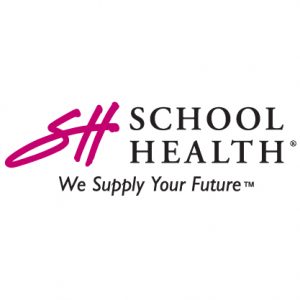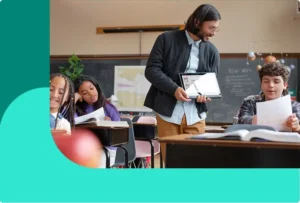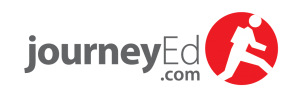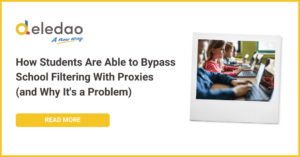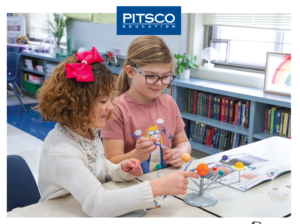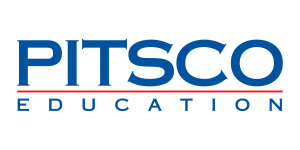Management strategies for an active, flexible classroom
Teaching in an active, flexible classroom brings the potential for many successes: student learning and engagement, comfort and flexibility, and limitless lesson design! However, it does take some transition to reap these benefits for students and teachers. Set everyone up for success with just a few simple strategies. Setting expectations from the start and being intentional throughout the school year will help everyone find success in their new learning environment.
As our school district started redesigning classrooms to be active, flexible learning environments, we found common questions from teachers. Also, we had teachers who came into the classroom for co-teaching a class period or two who were not familiar with layout and flexibility and were asking about expectations and classroom management strategies. As a result, we developed the strategies below that we use within professional development with all teachers who transition into an active, flexible classroom, as well as specialist teachers who also teach within the space for limited periods of time.
1. Make a mental mind shift
The classroom is everyone’s classroom. It’s not just a place students visit that is the primary home to a teacher. Sometimes this requires a mental shift in allowing students to decide where they sit and how the room is arranged. Letting go of control and becoming comfortable with allowing students to move seats when and where needed can be difficult.
The room may not look the same each day. Seats may not always be in the same spot. Desks may not be lined up in perfect rows. Table heights may not all be universal. But this means productivity, comfort, and flexibility become the true value of the seating and workspace in your classroom.
Students may be moving more. Sometimes the movement is distracting and feels chaotic. But many of our students need movement! Sitting for long periods without movement is difficult and leads to a loss of focus. Movement allows students to get their energy out, focus more, and be more ready to learn.
2. Set ground rules
Ground rules should be set with any new seating and workspaces in your classroom at the start of every school year. First, explain to the students the purpose behind the seating and workspaces:
- To meet a variety of student comfort needs (size, height, moveability)
- To be easily moveable and adaptable for a variety of learning activities
- To provide spaces that support students’ ability to collaborate, create, work individually or in groups, and refocus when needed
If students understand the why, they will have more ownership in the classroom and take better care of everything within it.
Then, set ground rules for how each piece of classroom furniture should be and can be used. Create a graphic or slide deck explaining when the seat or table is a good choice and when it is not a good choice. Help them understand why it was designed the way it was, what learning needs it supports, and what they may like or dislike about it. This will help them make an informed choice of where they will learn best each day, week, or month, depending on how often they choose their own seating.
Here’s a graphic we share and discuss with students. Share it digitally with students and even post it around the room as a reminder! It features the seating in our classrooms but could be adapted to yours.
In the conversation with students, also be sure to outline the consequences of misuse. The goal is that students decide where they learn best, but if they are not successful or not using the seating or workspaces in a safe or functional way, then the teacher may need to help the student be more successful. Teachers can still give choice but not free choice — they may give the student two seating options or even select the best option for them for a while.
Explaining the seating and workspaces in the classroom, setting expectations for use, and outlining consequences gives the students clarity and helps them understand the variety of options in the classroom and select the best one for their own success.
3. Talk with students about seat selection
The classroom should be a place where everyone makes decisions, everyone gives feedback, and everyone is in control of their learning. This starts with allowing students to select a seat and workspace that they will work best in and may vary from day to day depending on the student’s needs.
However, students will need guidance in selecting how and where they sit so they choose the best place for their work rather than the closest spot to a friend in class. Providing your students prompts to start thinking about selecting a seat based on how their body or mind feels will help them make informed decisions.
Here are some examples:
Feeling → Seat selection
“I am feeling anxious.” OR “I have lots of energy.” → “I need a seat that allows me to move while I listen and work.”
“I didn’t sleep well last night.” → “I need a back on my seat.”
“I’ve been sitting all morning.” → “I need to stand at either a standing desk or a taller table.”
Contact your dedicated Account Manager:
Please contact the Demco inside sales department for everyday orders and general inquiries. Please reference C10903 for contract pricing or inform them you are an ILTPP member.
McKenzie Encarnacion 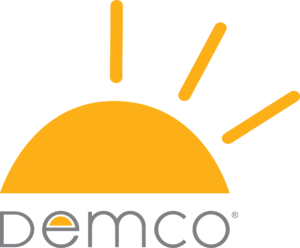
Inside Sales Specialist
mckenziee@demco.com
For larger projects needing installation or design, please contact the Demco Business Development Representative
John Jakelja
Business Development Representative
630-901-5989
johnj@demco.com
Learn More About Demco
